This gallery shows 22+ high-quality and best-resolution Gecko PNG Images, Vectors, Stickers, logos, Icons, and Clipart Pictures with transparent backgrounds. Free download all these Gecko PNG images for graphic design, projects, presentations, web design, editing, and other works.
Gecko PNG Images:
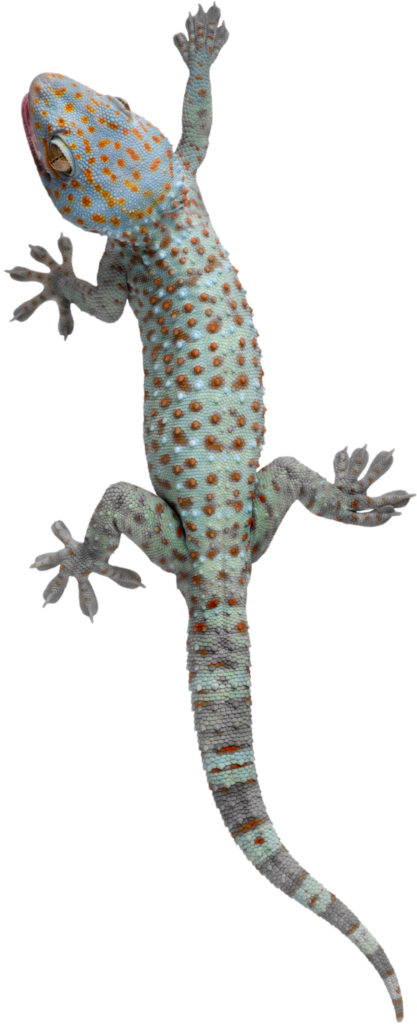
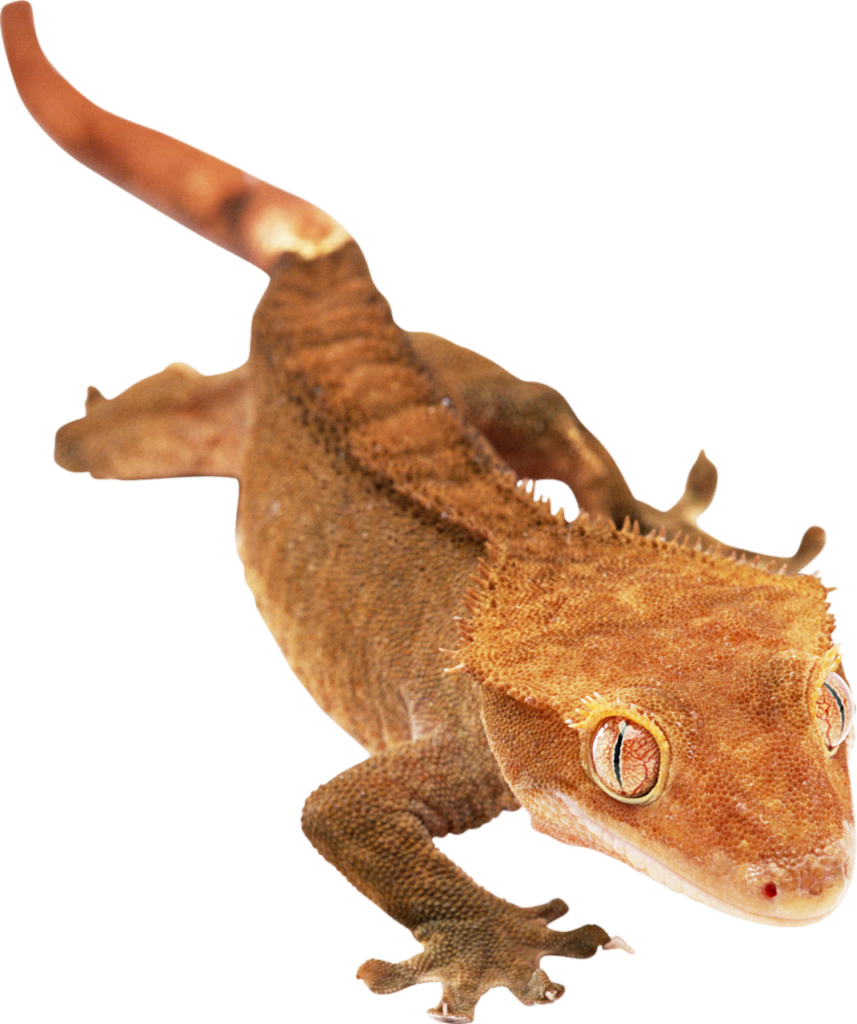
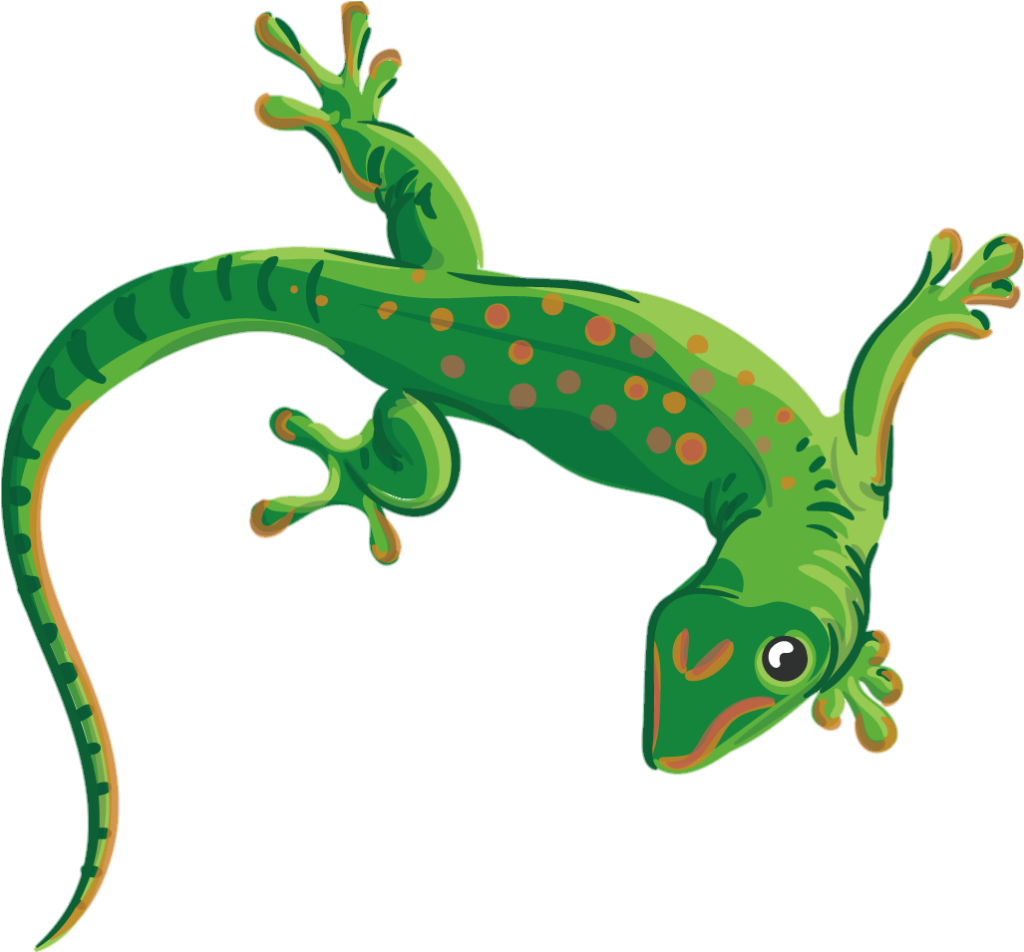

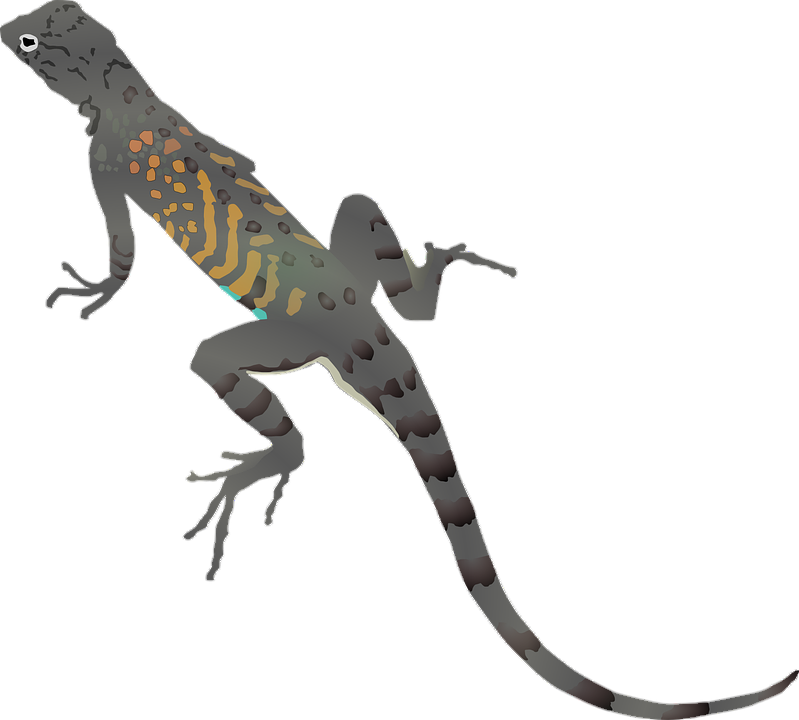
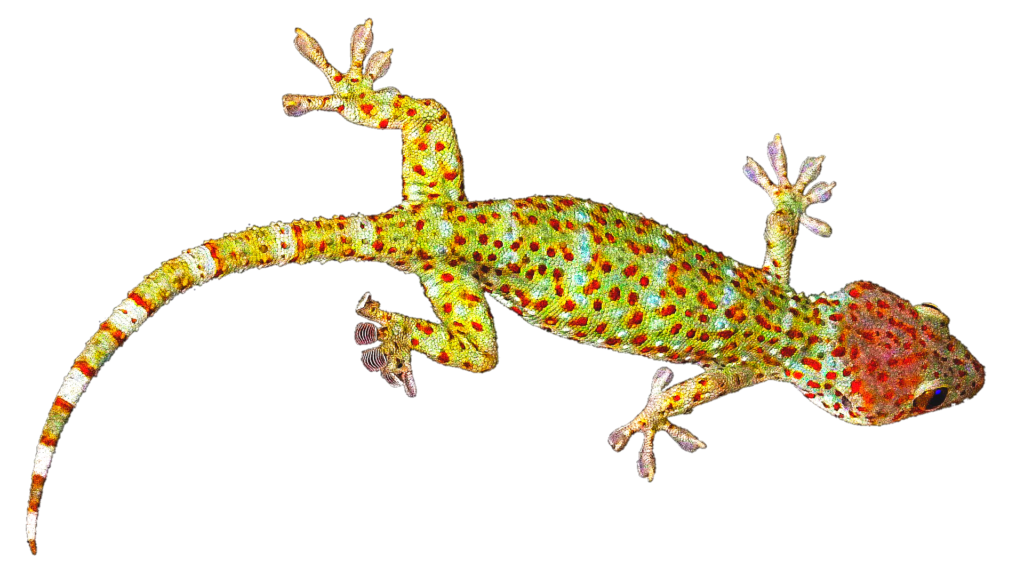

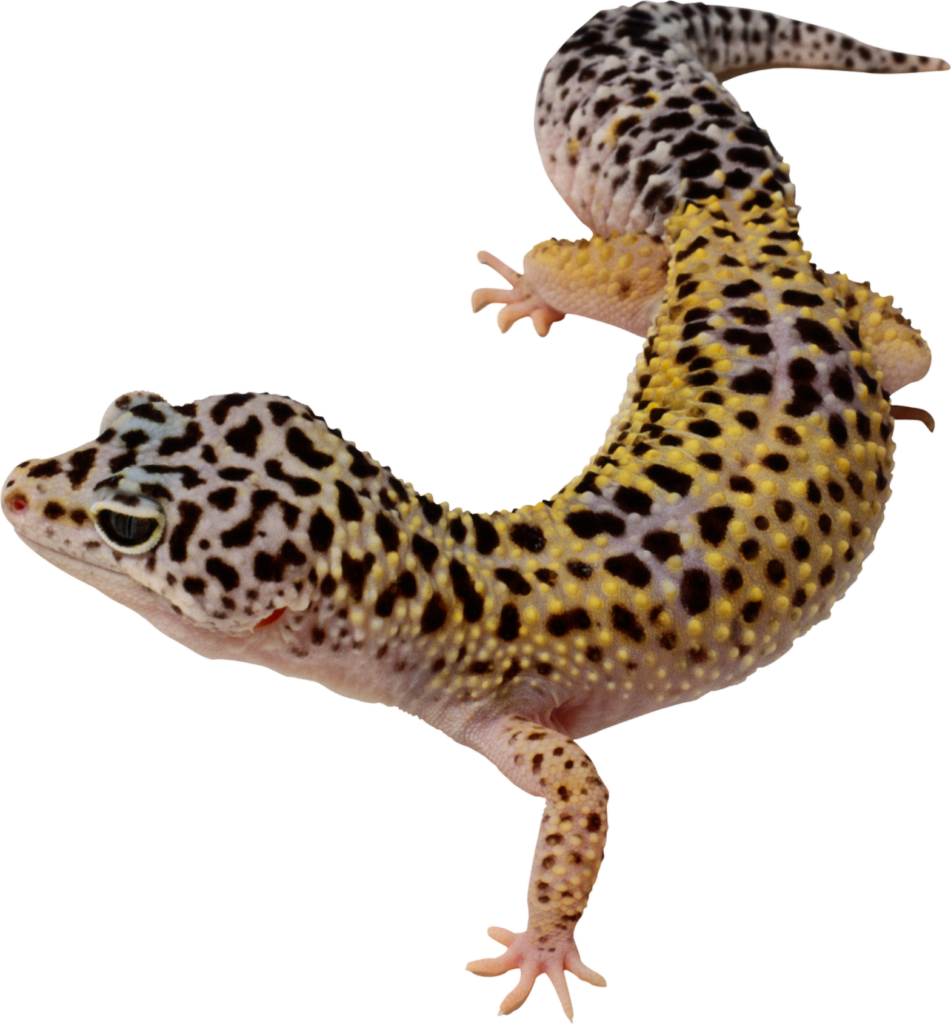

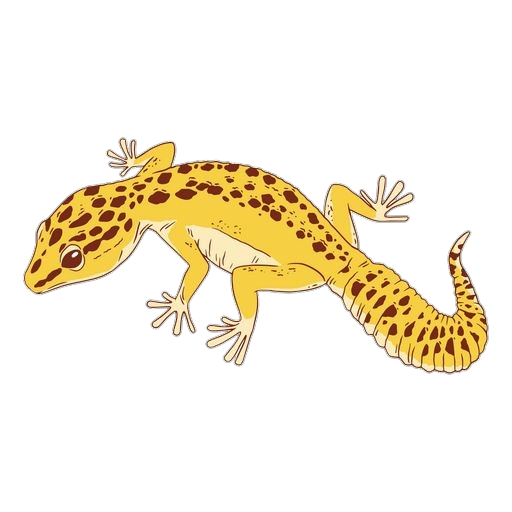
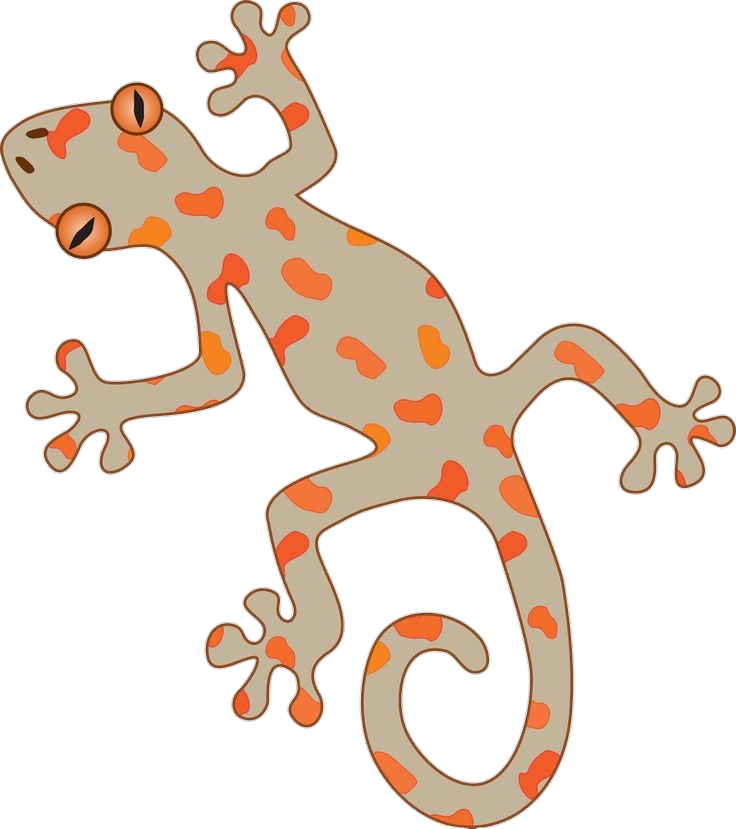
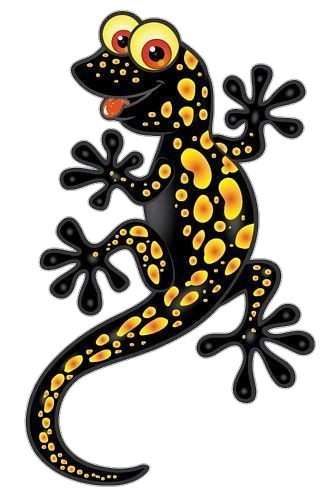
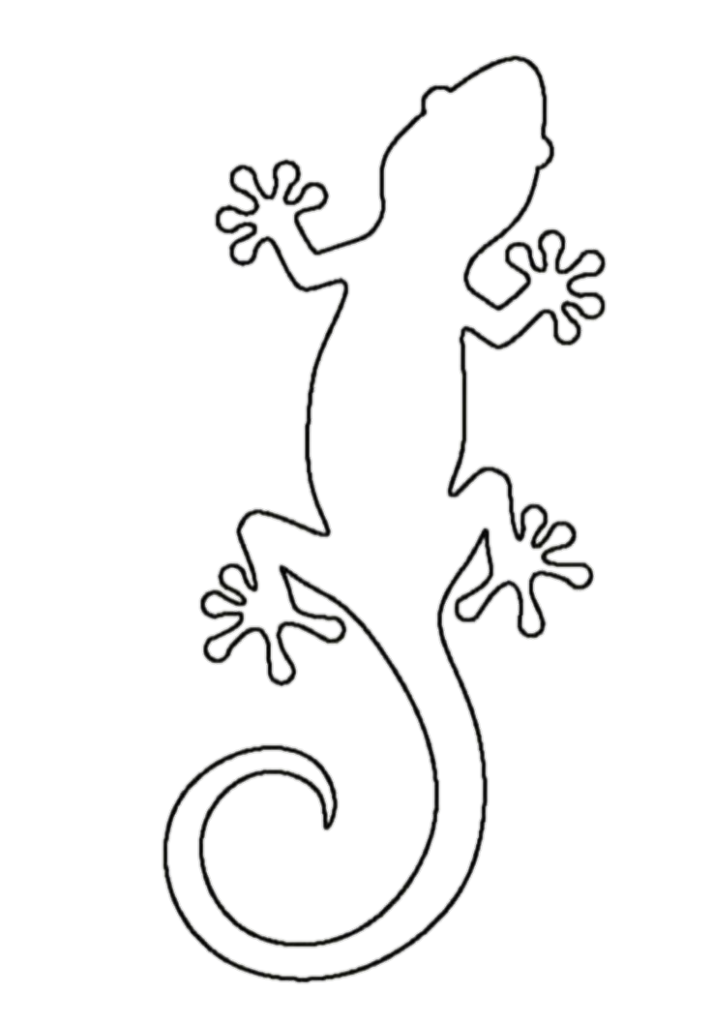
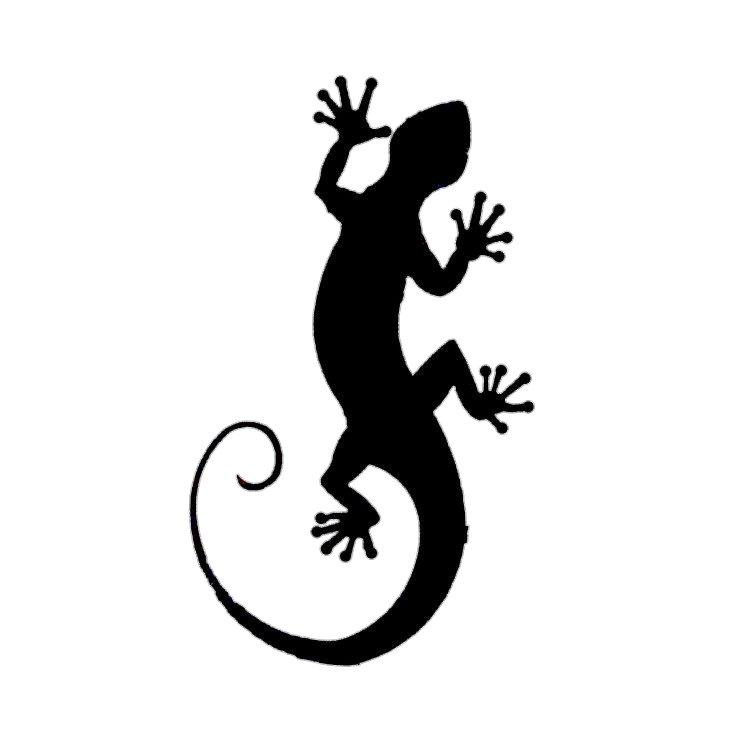
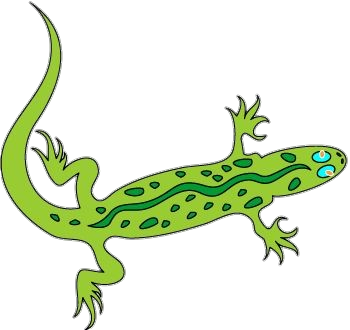
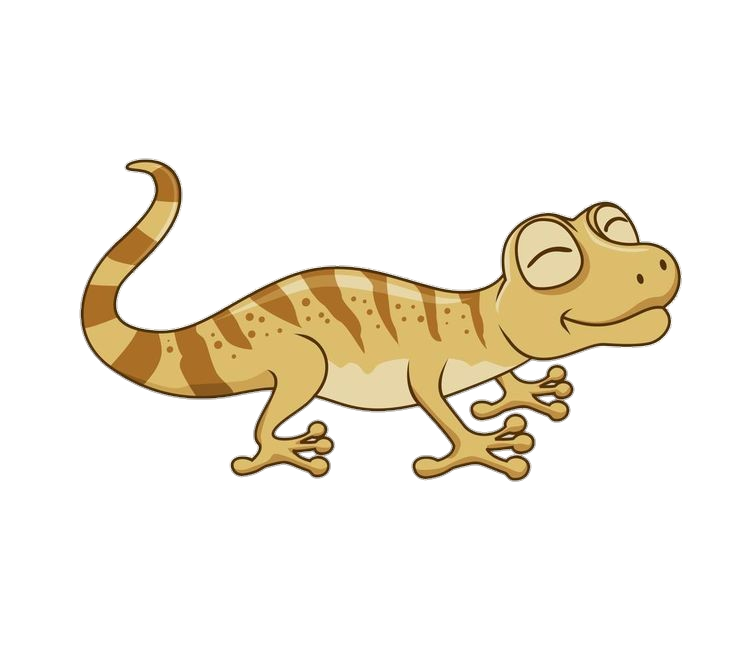




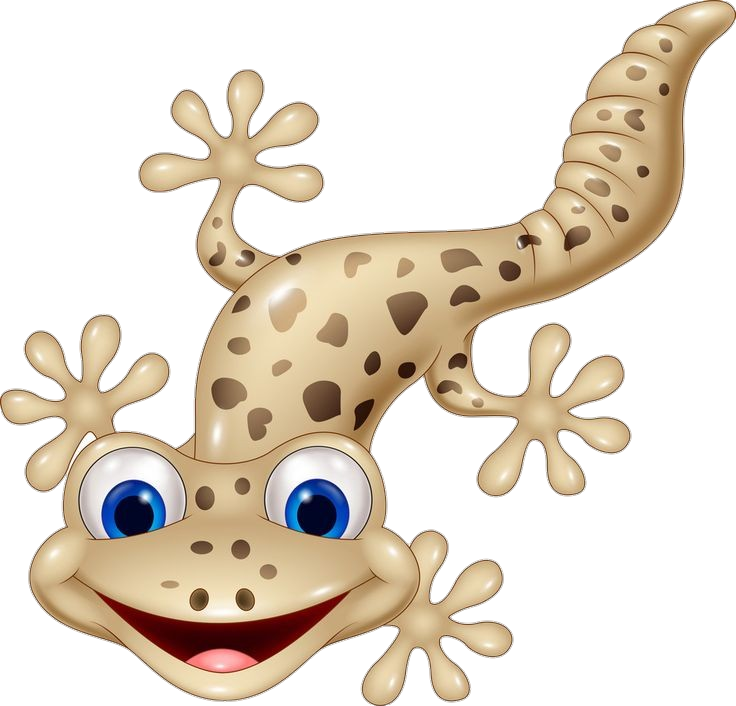

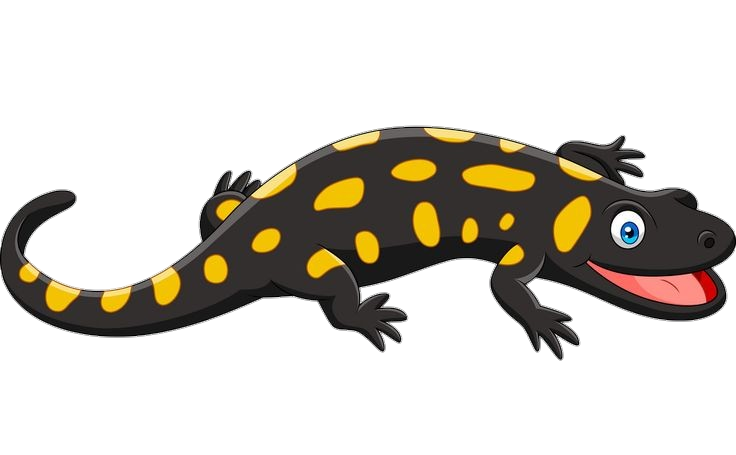
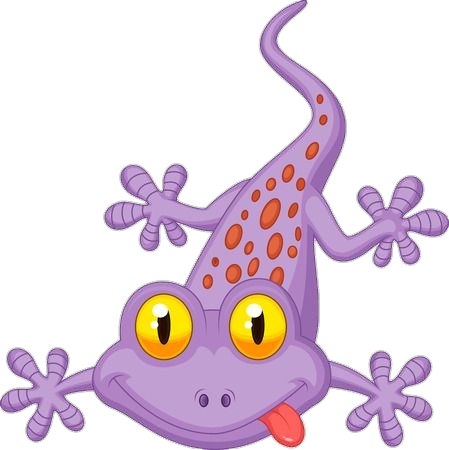
Geckos are remarkable creatures that have captured the fascination of scientists, nature enthusiasts, and even the casual observer. These small lizards, found in various parts of the world, are renowned for their unique characteristics and adaptations.
Geckos belong to the family Gekkonidae, comprising over 1,500 species. Their diverse range of sizes and colors makes them a captivating subject for researchers and herpetologists. These lizards are known for their distinctive appearance, characterized by their elongated bodies, slender tails, and, most notably, their adhesive toe pads. These toe pads are a marvel of biological engineering, allowing geckos to cling to various surfaces, from glass windows to ceilings, with astonishing ease. The secret behind this adhesive ability lies in the millions of microscopic hairs called setae, which interact with molecular forces on surfaces, creating a solid bond.
Geckos have evolved several remarkable adaptations that enable them to thrive in diverse environments. One of the most fascinating adaptations is their ability to shed their tails when threatened, a process known as autotomy. This serves as a distraction to predators, allowing the gecko to escape and later regrow its tail. Moreover, their nocturnal lifestyle helps them avoid daytime predators while taking advantage of the cooler temperatures and reduced competition for food.
Geckos are omnivorous, and their diet consists of insects, small invertebrates, and even nectar in some species. Their keen eyesight and excellent sense of smell aid in locating prey, while their small size and agility make them efficient hunters.
Geckos are known for their distinct vocalizations, which can vary significantly among species. While some produce chirping or clicking sounds, others emit soft calls or even high-pitched squeaks. These vocalizations serve multiple purposes, including communication with potential mates, warning signals to rivals, and territorial claims.
In terms of social behavior, geckos exhibit a range of interactions. Some species are solitary, while others form loose colonies. Mating rituals are often elaborate, involving courtship displays and ways to establish dominance. Female geckos lay eggs, and the parental care of offspring varies among species. Some geckos protect their eggs, while others provide no maintenance at all.
Geckos play a significant role in ecosystems as both predators and prey. They help control insect populations and serve as a food source for larger predators. However, many gecko species face threats due to habitat destruction, climate change, and the illegal pet trade. Conservation efforts are crucial to safeguard the biodiversity of these fascinating creatures.
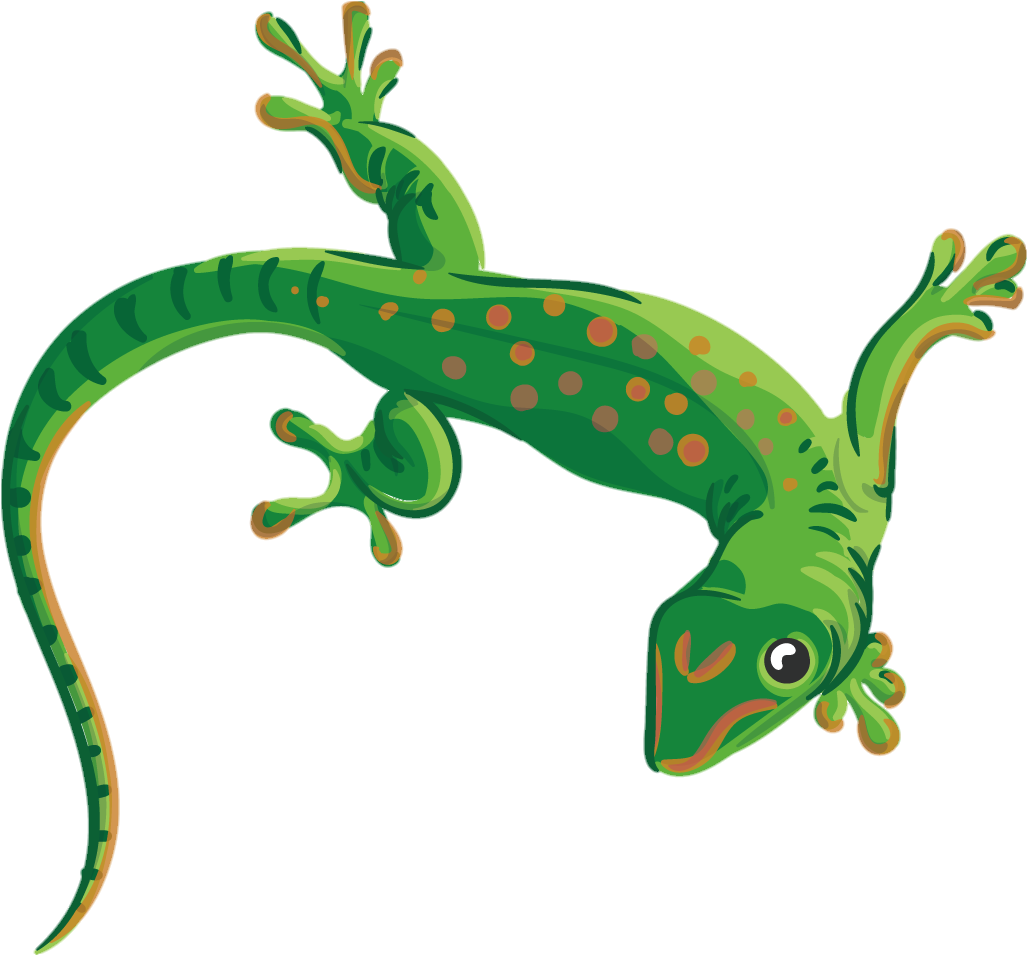

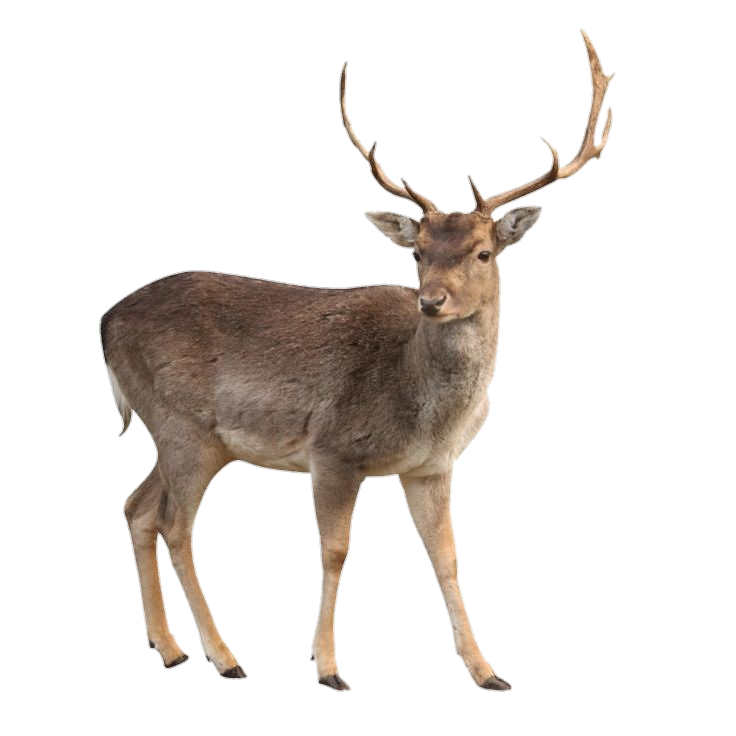
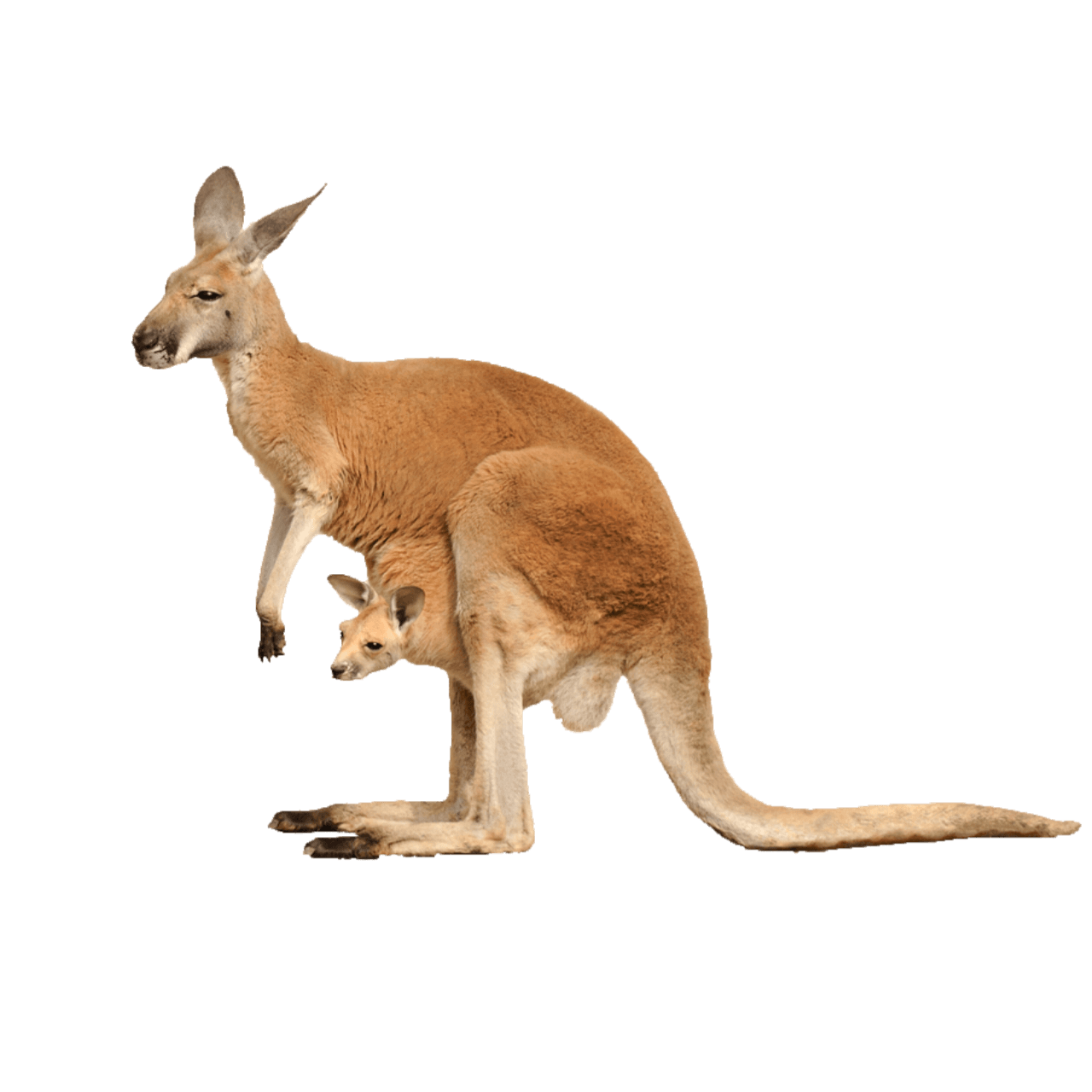


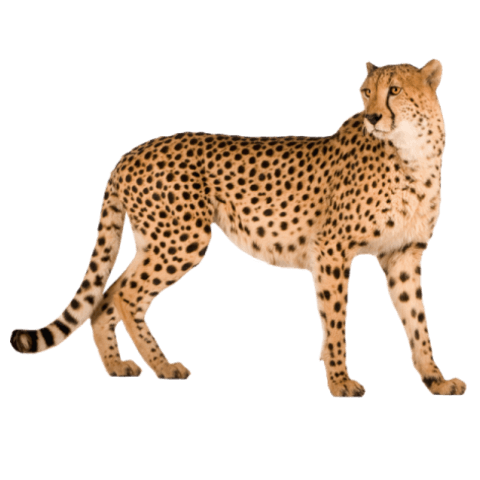
Leave a Comment
Instagram